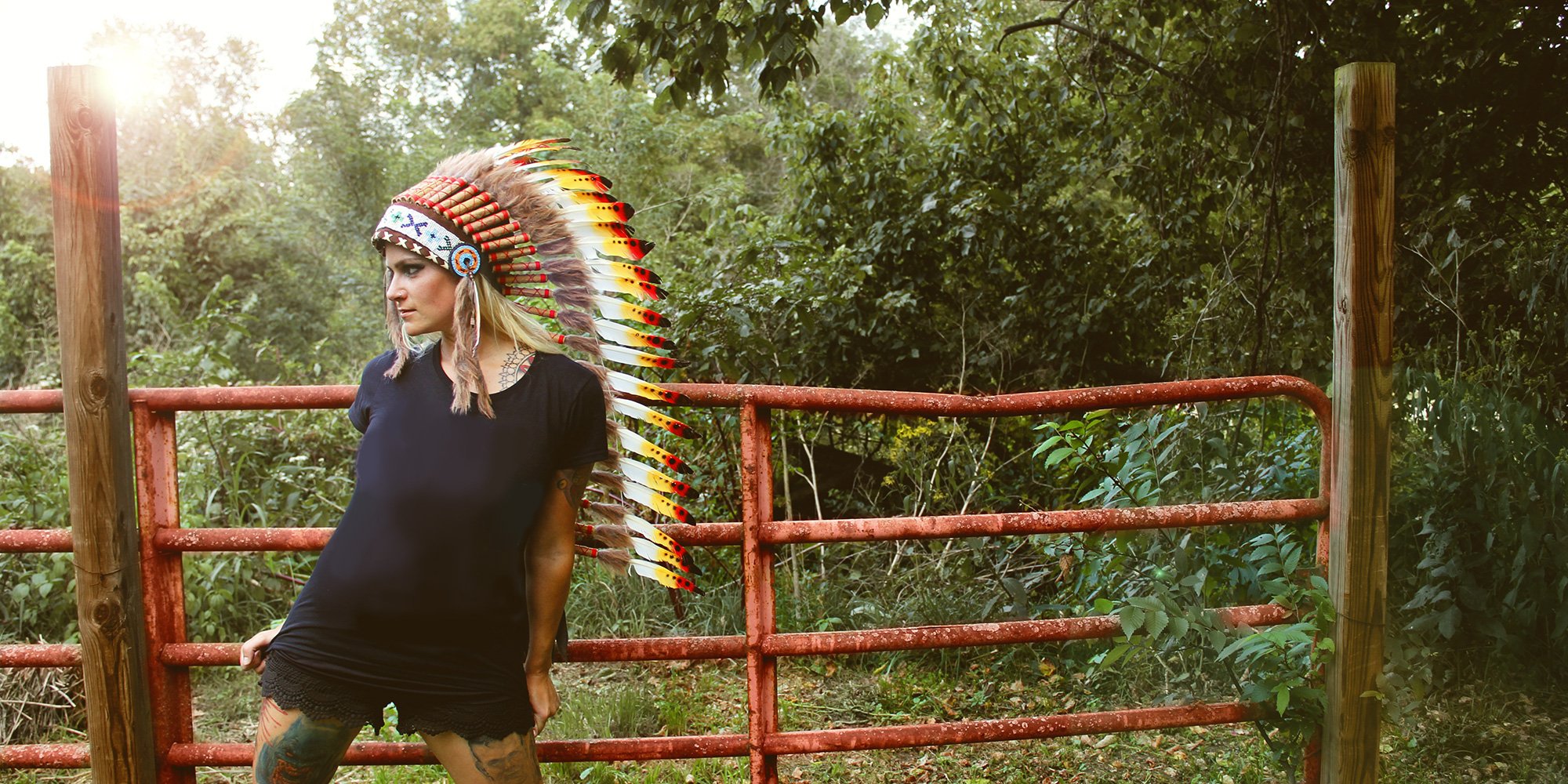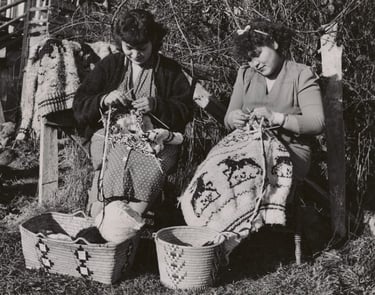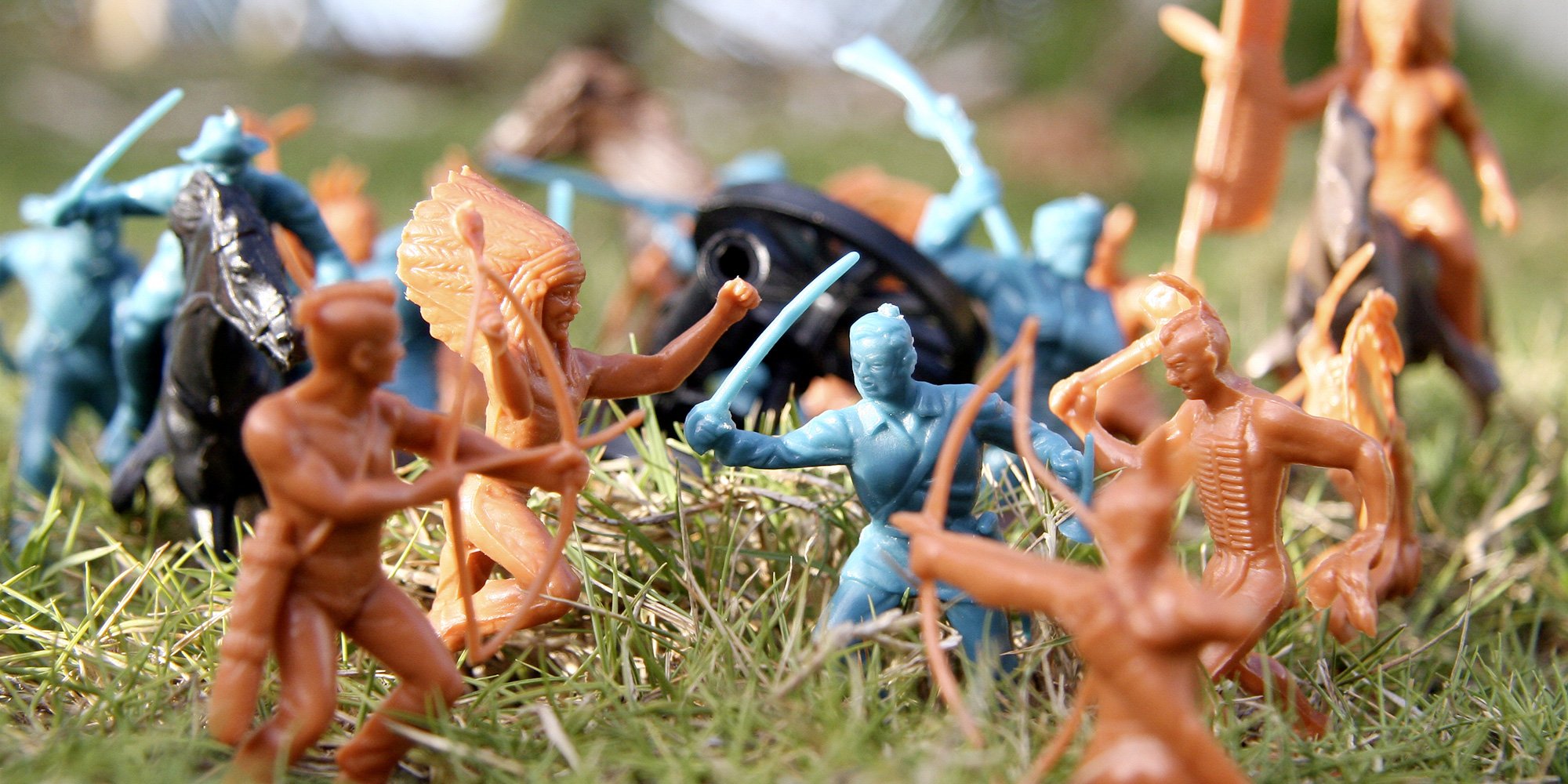Indigenous Peoples Terminology: Guidelines for Usage
We’ve talked about the definition of Indigenous Peoples and the constitutional significance of Indigenous or Aboriginal. In this article, we drill...

Randomly plucking “popularized” images of a marginalized culture for entertainment or profit without respect for or an understanding of the culture is culturally disrespectful.

If you admire an aspect of another culture, then learn about it and purchase items directly from a person of that culture. If you like the look of Cowichan sweaters, don’t buy a “Cowichan-inspired” sweater from a retail giant, buy from a Coast Salish knitter or an Indigenous-owned store that buys sweaters from the knitters. That is cultural respect.
Don’t refer to a culture or a People as exotic. That emphasizes their “otherness”. To them their culture is not exotic, it’s who they are and what is important to them.
Don’t amp up or modernize aspects of another culture because by doing so suggests that the modernized rendition by a non-Indigenous entity makes it better.
Don’t assume that it’s okay to “borrow” aspects from another culture. In many Indigenous cultures, strict and ancient protocols dictate who can sing certain songs, perform certain dances, and tell certain stories. We don’t just take from one another.
“Borrowing” from another culture is symptomatic of the history of colonialism in which the dominant/colonizing culture assumes everything from the colonized culture is there for the taking. And that’s been a pattern in the history of this country.
When someone from one culture chooses to emulate members of another culture for entertainment, it is more than culturally disrespectful.
The example of the “sexy Native” costume that appears every Halloween also perpetuates harmful and dangerous stereotypes that contribute to sexual violence against and human trafficking of Indigenous women and girls.
When a woman of non-Indigenous heritage dresses up as the “sexy native”, she demeans Indigenous women and insults the hundreds of missing and murdered Indigenous women and all those who loved them. She is, unwittingly, contributing to the endangerment of Indigenous women and girls.
We are hopeful that in this era of reconciliation, there will be fewer retail outlets and customers who choose culturally inappropriate merchandise. We know it's possible as there has been so much progress in reconciliation on so many fronts but we realize there is still work ahead.
Some say imitation is the finest form of flattery, which may be true in some cases. However, there are still challenges created by those who choose to emulate aspects of Indigenous culture for entertainment without knowledge of the specific Indigenous culture related to the item, or an understanding of the history and worldview of that culture.
We’ve talked about the “sexy Native.” Now let's look at those who buy an ersatz feathered headdress to go with their polyester “buckskin” chief costume. I’m sure that those who bought these items have never studied the regalia of hereditary chiefs. They are likely unaware of the symbolism of the feathers. And they are probably unaware that the feathered headdress is not a pan-Indigenous form of headdress or that the regalia of chiefs on the West Coast is as different from chiefs in the East as it is different from chiefs on the plains.
As Canada moves along the reconciliation continuum, we hope that all will want to learn about Indigenous Peoples, their cultures, their pre-contact lives, and the impact of colonization. It is through education that people will understand that Indigenous Peoples have struggled to protect and preserve their culture, and how they were forced to change the way they lived, spoke, celebrated, and worshiped.
When understanding what cultural appropriation is, why it’s harmful, disrespectful, and can even contribute to endangering Indigenous women and girls becomes universal, then as a country, we can celebrate.
Featured photo: Pixabay

We’ve talked about the definition of Indigenous Peoples and the constitutional significance of Indigenous or Aboriginal. In this article, we drill...

We should always take pains to avoid the use of these seven First Nations colloquialisms - words have a great capacity to cause emotional harm and...

What are iconic images to some are considered stereotypical, generic, ignorant and insulting to others. When it comes to the masses, stereotypical...